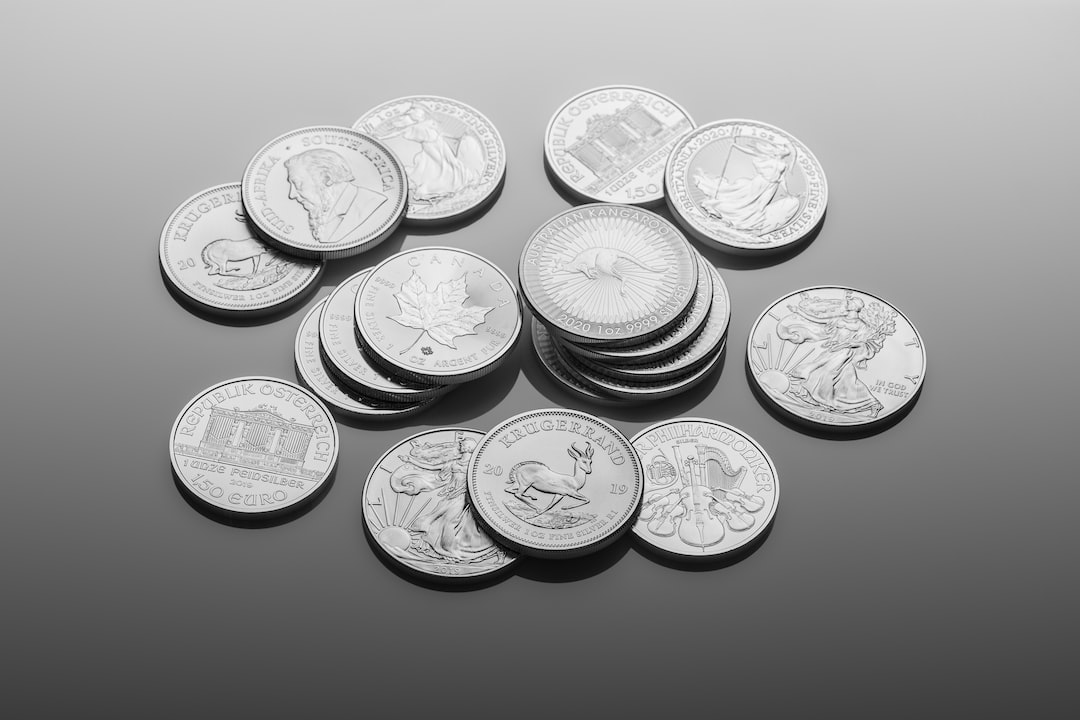Buying a house of your own is one of the best investments you’ll ever make. Unfortunately, purchasing a house comes with a lot of complexities and uncertainties.
Foremost, you need to get a mortgage. Figuring out a mortgage can be challenging. That’s why it’s essential to understand the basics of how a mortgage works.
This article will help you understand how does a mortgage work. Keep reading to learn more.
How Does a Mortgage Work: The Basics
Prospective homeowners often find the process of financing a home thru a mortgage quite difficult. “How does a mortgage work?” they ask. Here is a brief, basic guide to help you understand the process.
Applying for a Mortgage
How does a mortgage work? When you apply for home mortgages, the lender will scrutinize your financial history to determine if you’re a good candidate for a loan. They will consider your employment history, credit score, and debt-to-income ratio.
If you have a strong financial history and a good credit score, you’re more likely to be approved for a loan.
The lender will also look at the property you’re buying to determine its value. They will appraise the property and consider its location, size, and amenities. If the property is valued at more than the loan amount, the lender will be more likely to approve the loan.
Mortgage Basics – Interest and Principal
A mortgage is made up of two parts:
- principal
- interest
The principal is the amount of money you borrow, and the interest is the fee the lender charges for lending you the money. Every month, you make a payment that goes toward both the principal and the interest.
The amount of your monthly payment that goes toward the interest depends on the interest rate. The higher the interest rate, the more of your payment that will go toward interest. The amount that goes toward the principal will depend on the term of your mortgage.
A longer mortgage will have a lower monthly payment, but you’ll end up paying more in interest over the life of the loan. Some borrowers with loner mortgage plans go for refinancing opportunities to lower the interest.
Mortgage Types – Fixed Rate or Adjustable
There are two types of mortgages:
- fixed-rate
- adjustable-rate
With a fixed-rate mortgage, your interest rate stays the same over the entire life of your loan. This means your monthly payments will stay the same unless you choose to refinance.
An adjustable-rate mortgage (ARM) has an interest rate that changes periodically based on market indexes. This means your monthly payments could go up or down, depending on market conditions.
Mortgage Terms – 15, 20, or 30 Years
The term of the mortgage is the length of time you have to repay the loan. The most common terms are 15, 20, or 30 years, but you might be able to find a mortgage with a shorter or longer term.
At the end of the term, you should have repaid the full amount of the mortgage, as well as any interest that has accrued.
A Big Commitment
A mortgage is a long-term loan that you use to purchase a home. The loan is secured by the home, which means that if you can’t make your payments, the lender can take your home. Now that you know how does a mortgage work, it is important to remember that home loans are a big commitment, so make sure you understand how they work before you sign on the dotted line.
If you like this article about mortgages and how they work, then read more from our blog.










